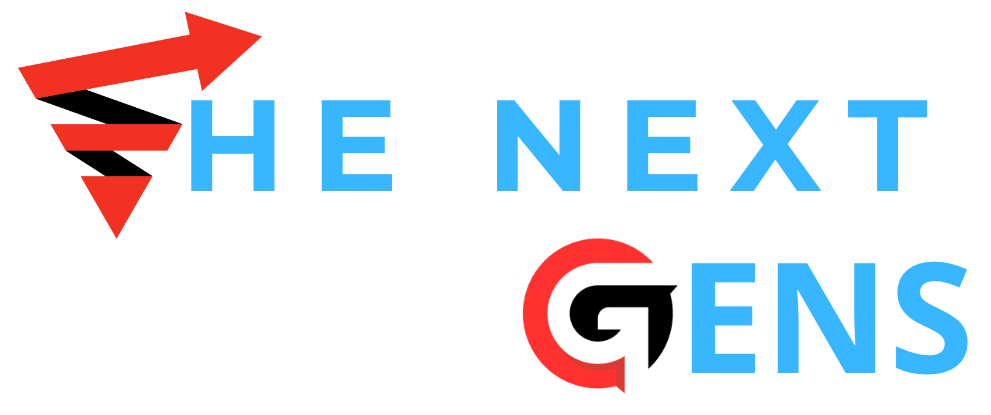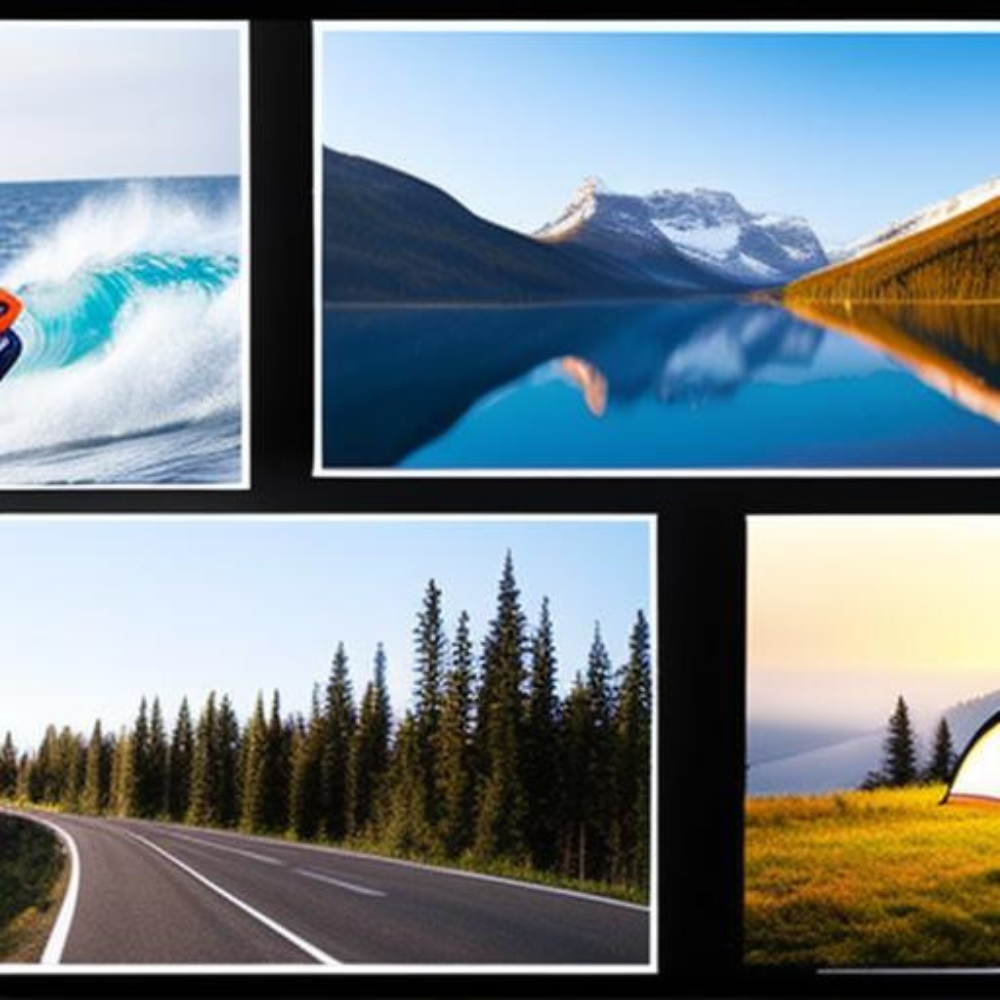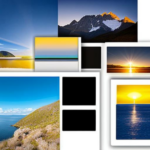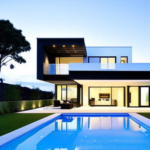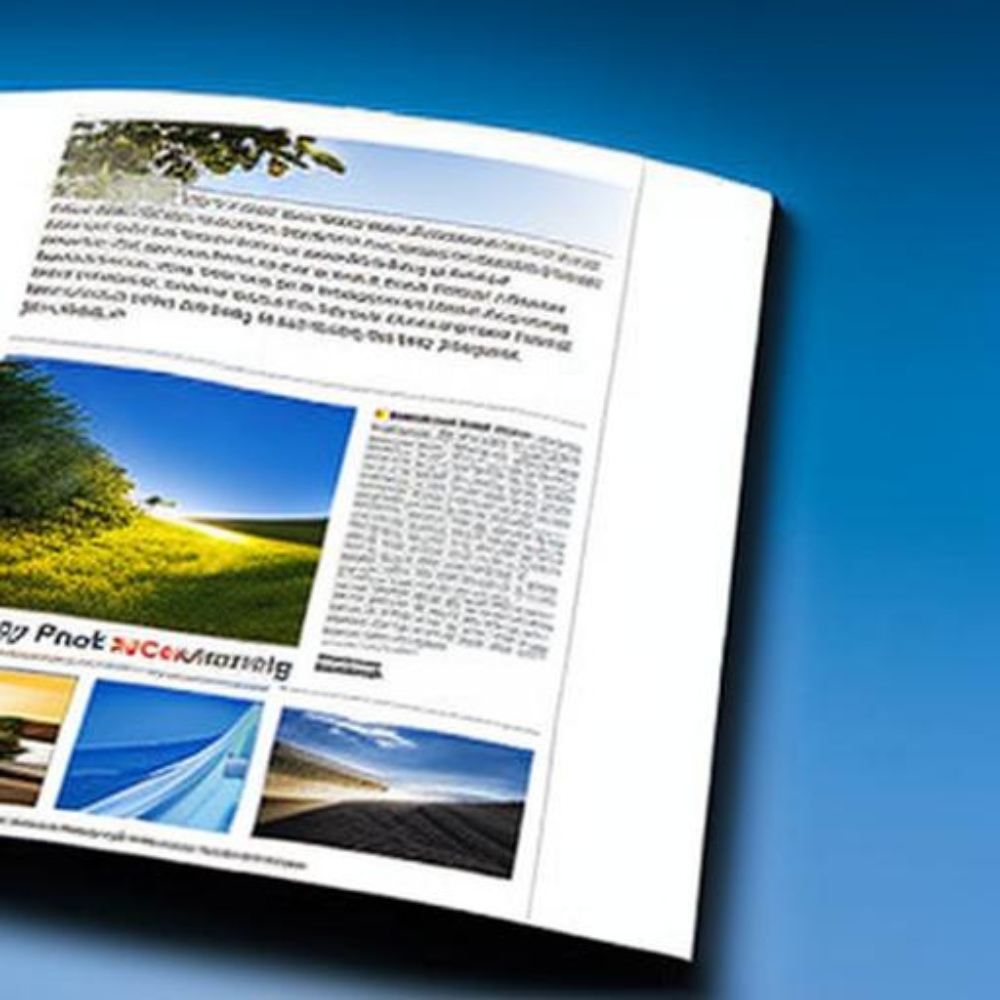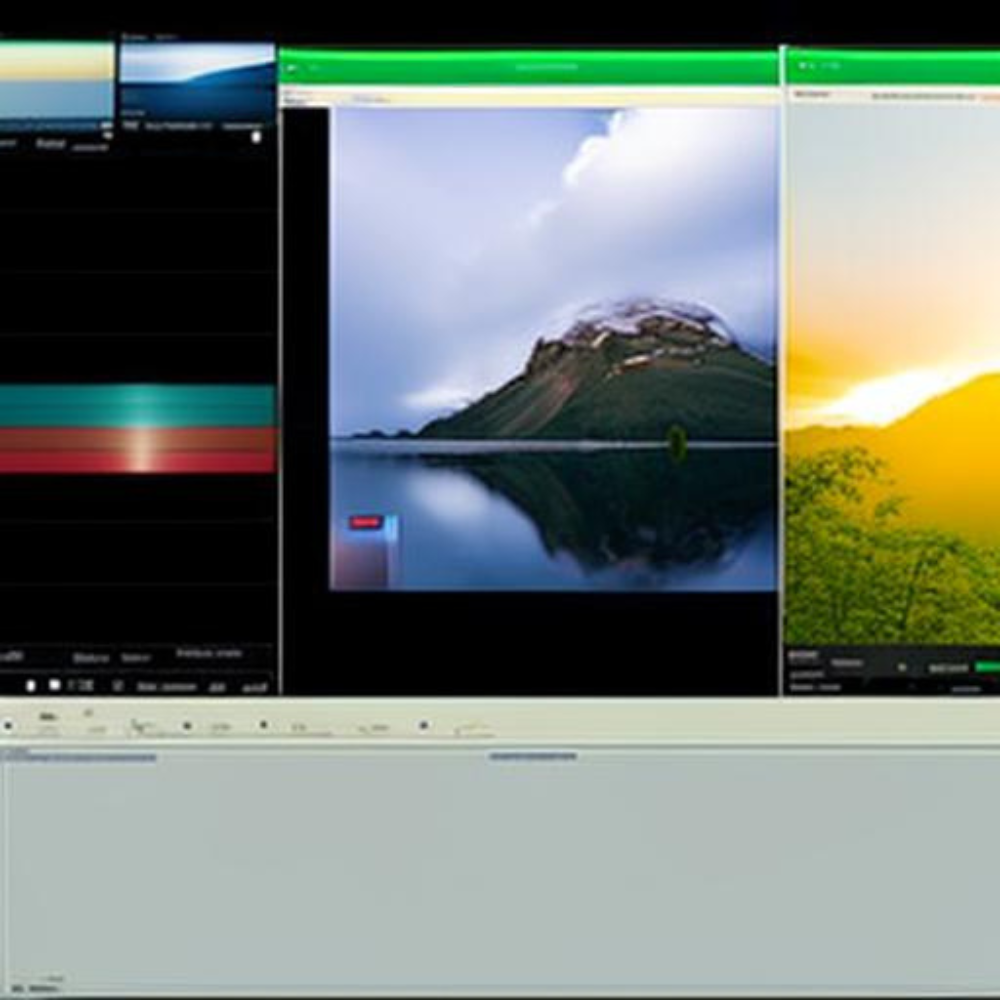The art of storytelling has been a fundamental aspect of human communication for centuries, and it is no different in the world of design. Storytelling is a powerful tool that can be used to create meaningful and engaging design experiences. Storyboarding is a technique that designers use to plan and visualize the narrative flow of a design project. In this article, we will explore the art of storyboarding with photography in design.
What is Storyboarding?
Storyboarding is a technique that is commonly used in film and animation to visualize the sequence of shots, camera angles, and movements that will be used to tell a story. Storyboarding involves creating a series of illustrations or sketches that depict key moments in the narrative. These sketches are arranged in a sequential order to create a visual storyboard.
In the world of design, storyboarding is used to plan and visualize the user journey or the narrative flow of a design project. Storyboarding allows designers to see the big picture and helps them to identify any gaps or areas where the user experience could be improved. Storyboarding also helps designers to communicate their ideas to stakeholders and team members.
What is Photography in Design?
Photography is an essential element of design. Photography is used to capture the essence of a brand, product, or service. It is also used to create engaging and visually appealing content for websites, social media, and marketing campaigns.
Photography in design can be divided into two categories: stock photography and original photography. Stock photography refers to pre-existing photographs that can be licensed for use in design projects. Original photography, on the other hand, involves taking new photographs specifically for a design project.
How to Use Storyboarding with Photography in Design
Storyboarding with photography in design involves creating a visual narrative that is supported by original photography. Here are the steps involved in using storyboarding with photography in design:
Define the Story
The first step in storyboarding with photography in design is to define the story. The story should be aligned with the brand, product, or service that is being represented. The story should be clear, concise, and engaging.
Identify the Key Moments
The next step is to identify the key moments in the story. These key moments will form the basis of the storyboard. The key moments should be arranged in a sequential order to create a visual narrative.
Create the Storyboard
Once the key moments have been identified, the next step is to create the storyboard. The storyboard should be created using sketches or illustrations that depict each key moment in the narrative. Original photography can be used to enhance the storyboard and bring the narrative to life.
Refine the Storyboard
The storyboard should be refined to ensure that it accurately reflects the narrative flow of the design project. The storyboard should be reviewed by stakeholders and team members to ensure that it meets the project objectives.
Execute the Design
Once the storyboard has been approved, the next step is to execute the design. Original photography should be used to bring the storyboard to life and create an engaging and visually appealing design.
Conclusion
Storyboarding with photography in design is a powerful technique that can be used to create meaningful and engaging design experiences. Storyboarding allows designers to plan and visualize the user journey or the narrative flow of a design project. Original photography can be used to enhance the storyboard and create an engaging and visually appealing design. By following the steps outlined in this article, designers can use storyboarding with photography in design to create compelling and effective design experiences.
